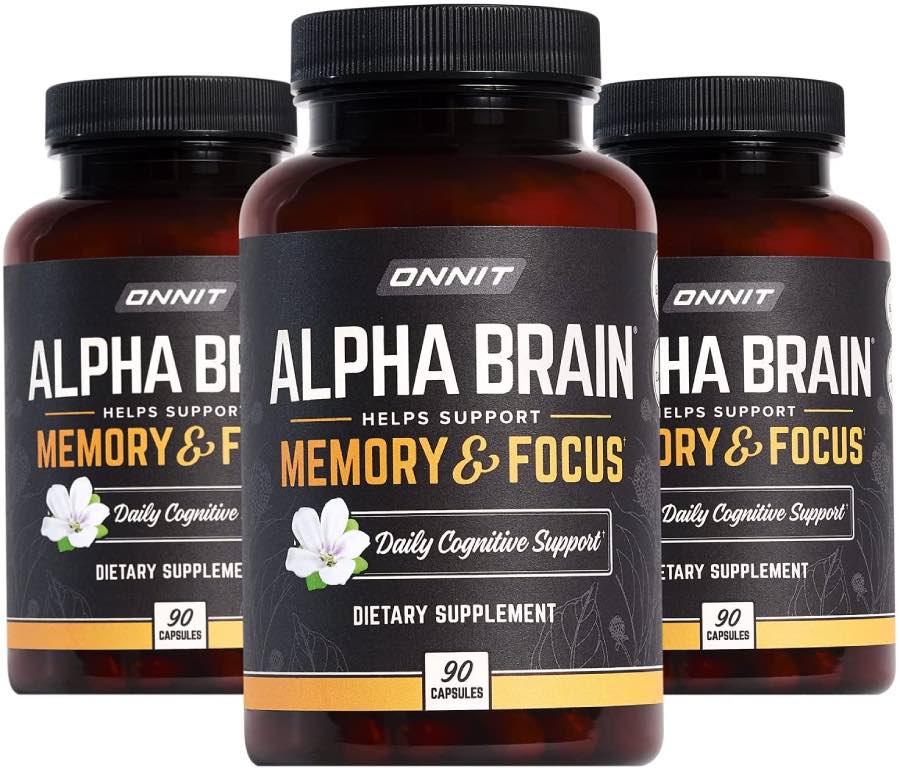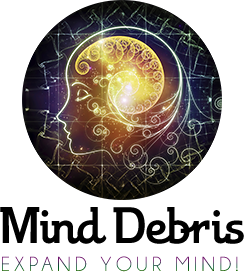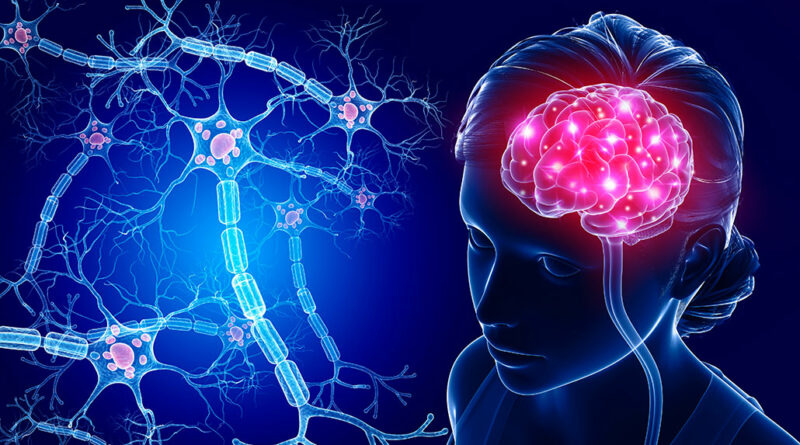Increase Neuroplasticity with Psychedelics
[Please note that this page contains affiliate links. If you choose to purchase after clicking a link, I may receive a commission at no extra cost to you.]
Increase Neuroplasticity with Psychedelics such as DMT, LSD, psilocybin, and ketamine therapy can create neurogenesis – the growth of new brain cells, signifying a possible tool for therapeutic benefits, says a new study from the University of California, Davis.
Post-traumatic stress disorder (PTSD) and depression seem to have reduced neuroplasticity and neurogenesis.
Increase Neuroplasticity with Psychedelics
These changes can potentially atrophy certain brain areas, like the prefrontal cortex (mediates decision-making and personality) and the hippocampus (responsible for learning and memory).
An effective way of treating psychiatric disorders is counteracting the damage caused by promoting functional and structural neuroplasticity.
Although there are very few compounds we know about that create neuroplasticity, researchers call ‘psychoplastogens’ have been found to work well with minimal to no side effects. One exception, though, is Ketamine.
Ketamine is a dissociative anesthetic with hallucinogenic effects. Although it helps activate the pathways involved in forming neural connections, ketamine therapy has worked tremendously well for treatment-resistant depression.
Ketamine is now legal in many states, and people are alleviated from their depression by well-tripping balls in hospital beds across America.
In addition, ketamine therapy activates pathways to form new neuron connections is an efficient therapy for treatment-resistant depression (Figure 1b). Likewise, the Beckley/Imperial Psychedelic Research Programme has shown tremendous and even longer-lasting benefits of magic mushrooms psychoactive ingredient psilocybin for the treatment of depression (Figure 1a).
Figure 1a – Psychedelics have substantial, long-lasting assistance in healing depression (adapted from Carhart-Harris et al. 2016).

Researchers in the first study cured cultures of cortical neurones alongside psychedelics, and then scientists looked at how the neurones improved in complexity and how they developed (Figure 2).

The Positive Effects of Psychedelics and Neuroplasticity
The researchers found that DMT, LSD, DOI—basically all of the serotonergic psychedelics—improved the complexity of neurones in a similar way to that of LSD and Ketamine, with LSD being the most potent out of all of them.
Remarkably, ibogaine had zero effect on neuroplasticity—but the metabolite noribogaine did, proving it to be the active molecule for the anti-addictive properties of iboga.
Interestingly, DMT protects the brain and immune cells under stress.
Researchers did a separate measurement of neuroplasticity, and psychedelics were found to dramatically increase the number of dendritic spines on cortical neurons, with LSD near doubling their density (Figure 3).
The spines form synapses with other neurons and are an essential signalling motion in the brain. Their functioning is closely related to higher cognition, and the loss of these structures is a hallmark of depression and other neuropsychiatric disorders.
Increase neuroplasticity with psychedelics and treat depression with ketamine therapy.

The Growth of New Neurons Through Psychedelics
The positive effects were structural but functional – electrophysiological recordings discovered that the strength and frequency of neural activity were boosted for hours after the psychedelics had been removed.
The researchers found the molecular mechanisms involved during their study. mTOR is the main piece of interior neural signalling paths. It is engaged with forming synapses and engaging receptors, and scientists found it to be how Ketamine therapy accomplishes its antidepressant properties.
If the mTOR is blocked, the psychedelic psychoplastogenic effects seen above were also repressed, showing that they attain their impact with a similar mechanism to Ketamine.
This study piggybacks on the findings already accomplished by the Beckley/Sant Pau Research Programme. They had looked at the components of ayahuasca, the Amazonian psychedelic brew. It showed the maturation of neurones, and it promoted growth (Figure 4).

Ayahuasca has also been shown to have substantial antidepressant effects, which suggests increased neuroplasticity as a common mechanism for the engagements of LSD, Ketamine and ayahuasca.
Entheogens have great potential for treating what was once thought to be untreatable psychiatric disorders.
Psychedelics are unique in their capability to produce neuroplasticity in a very safe way, healing both the brain and mind.
Psychedelic psychotherapy has an 80% success rate!


